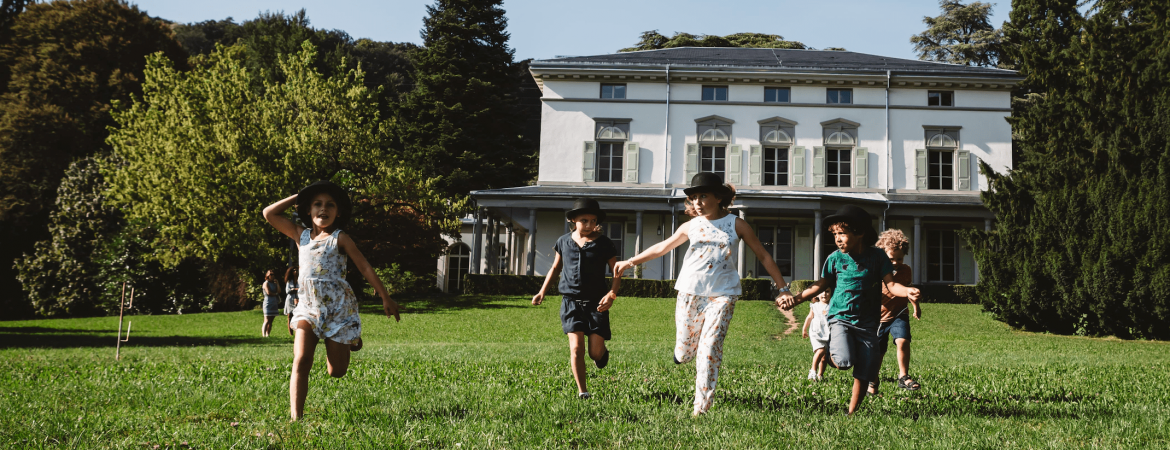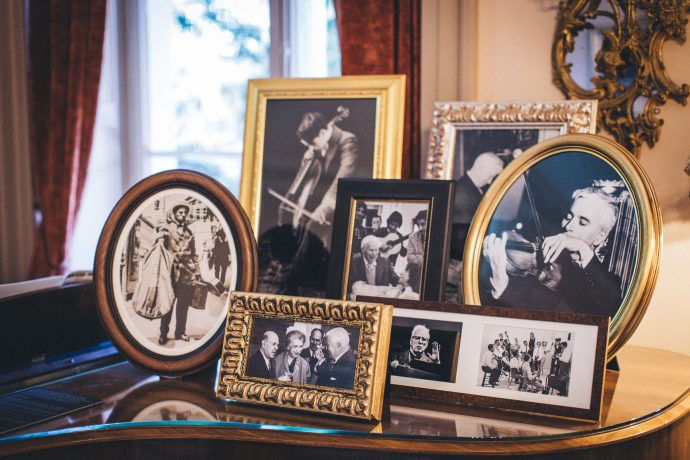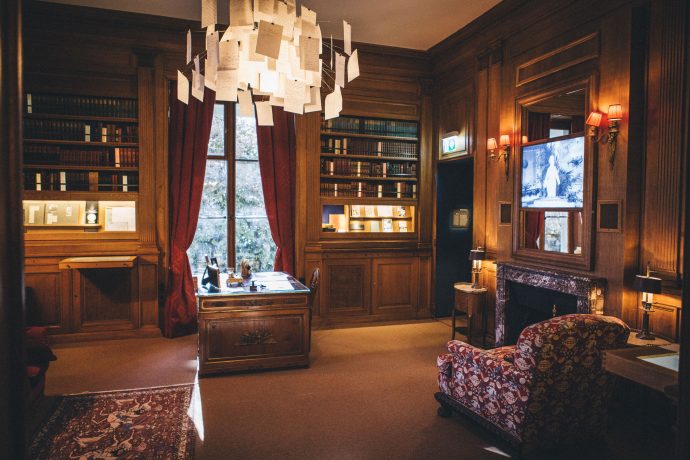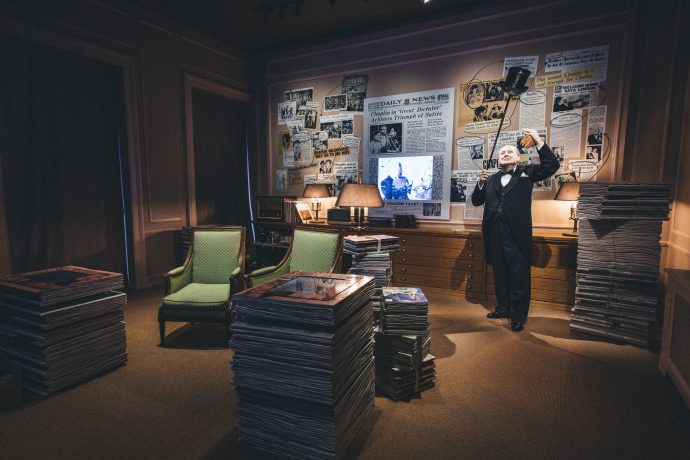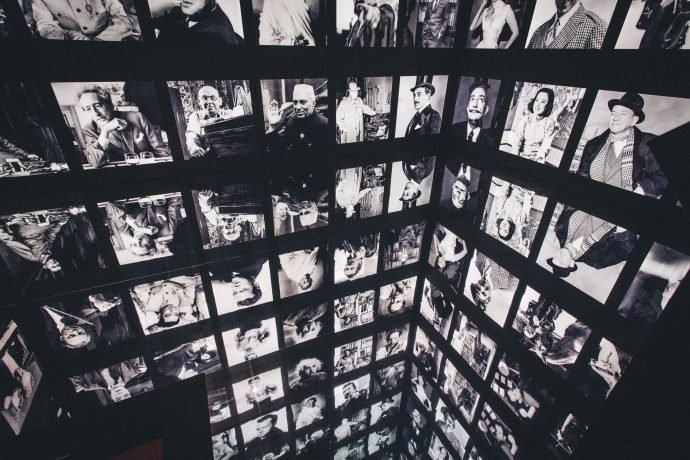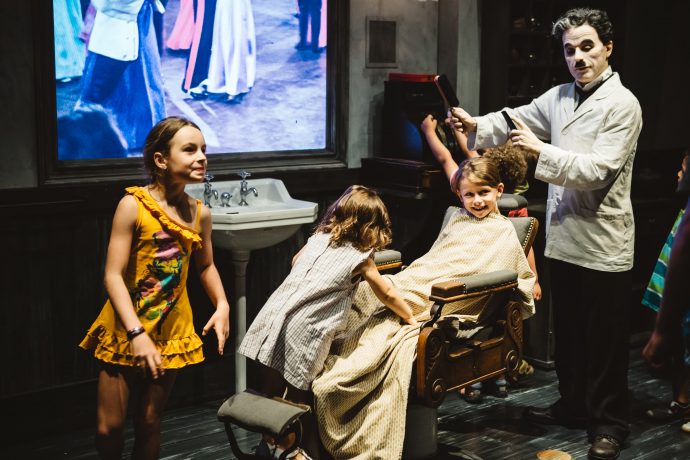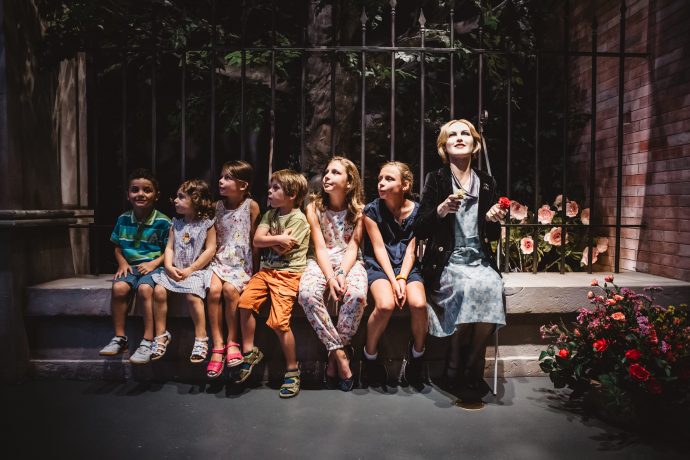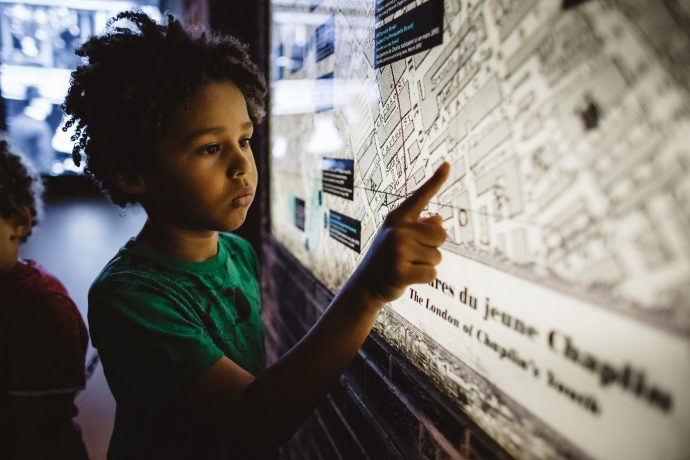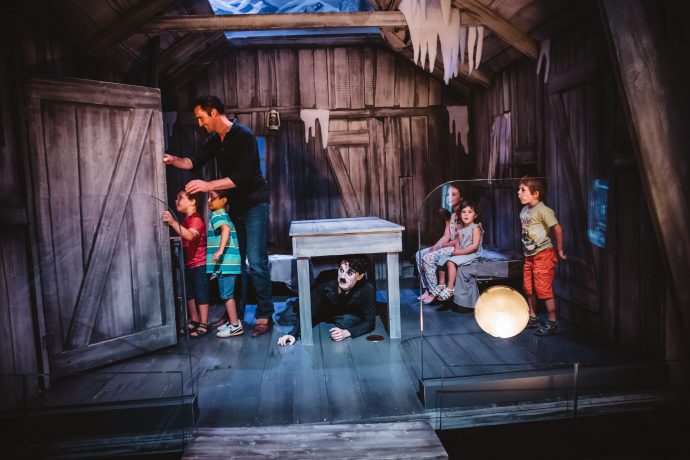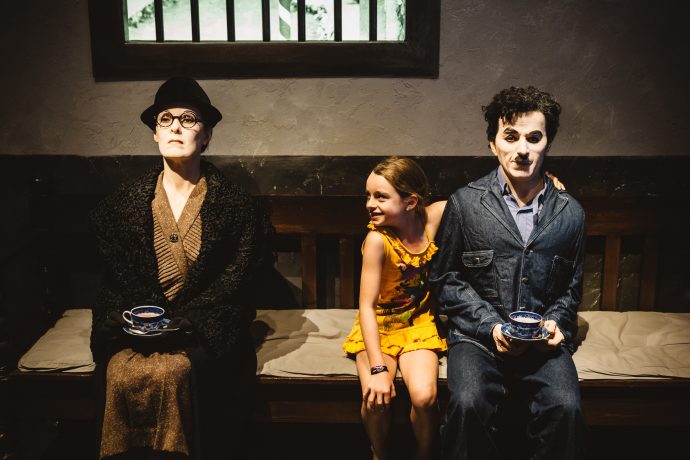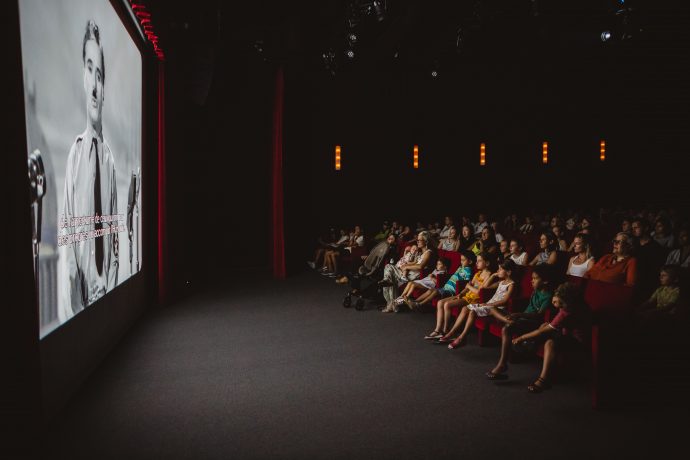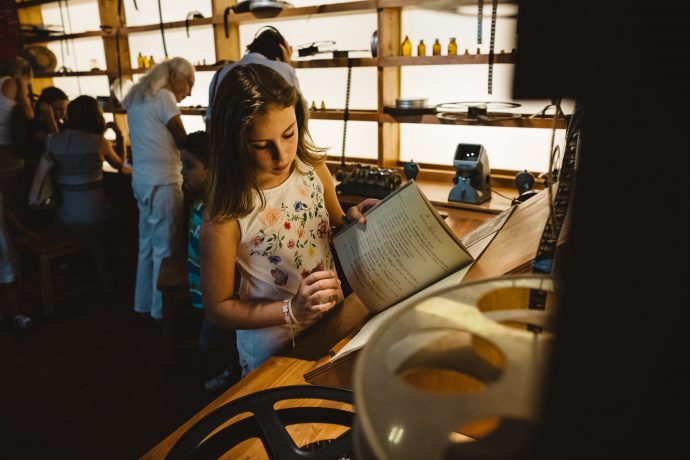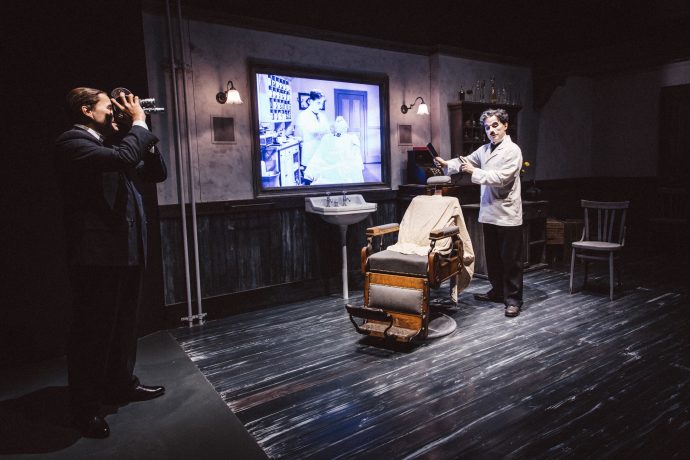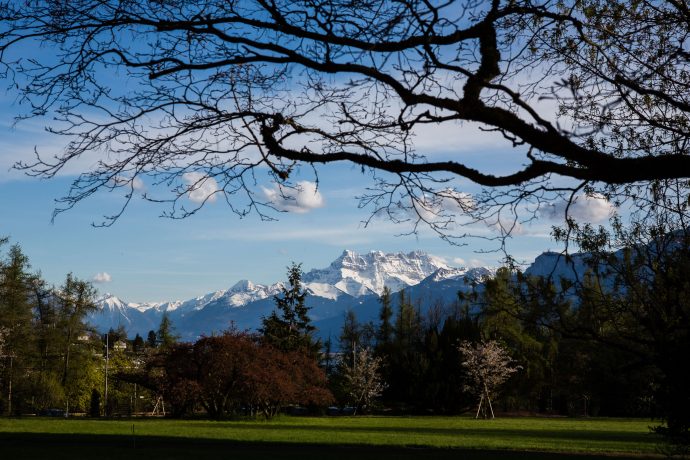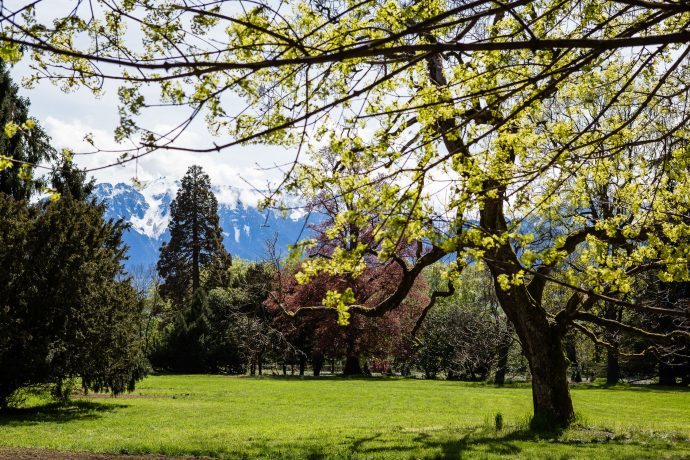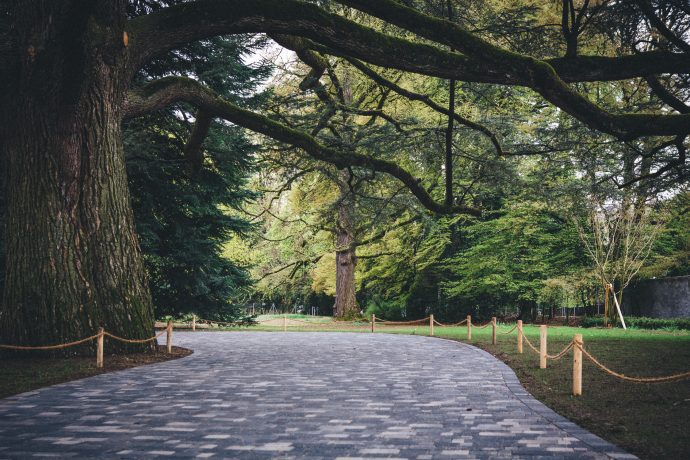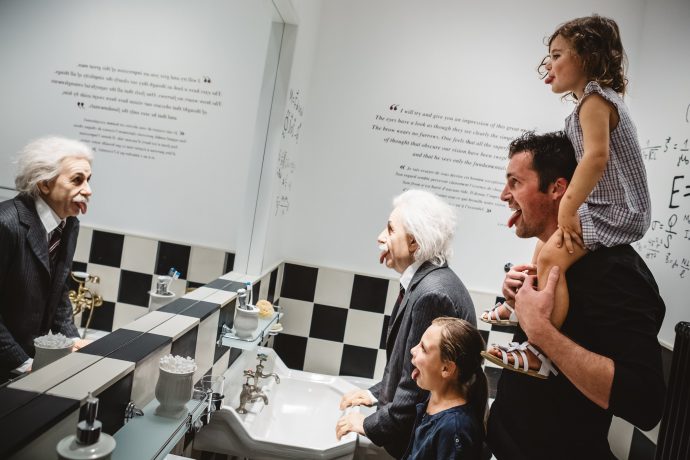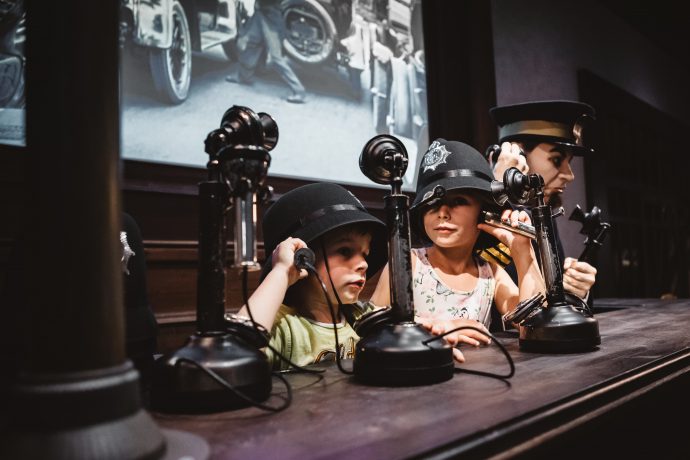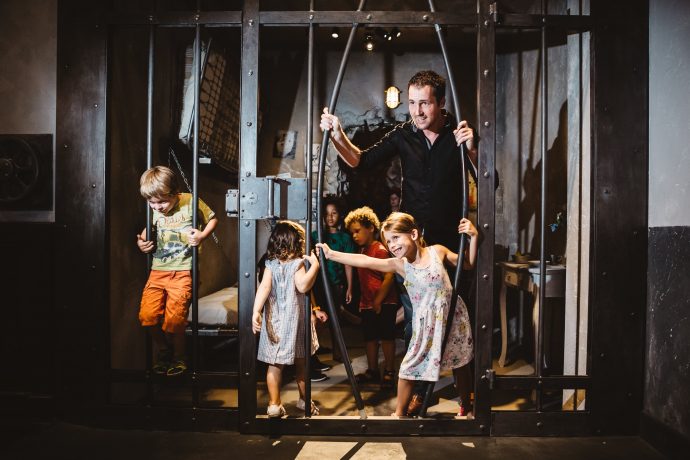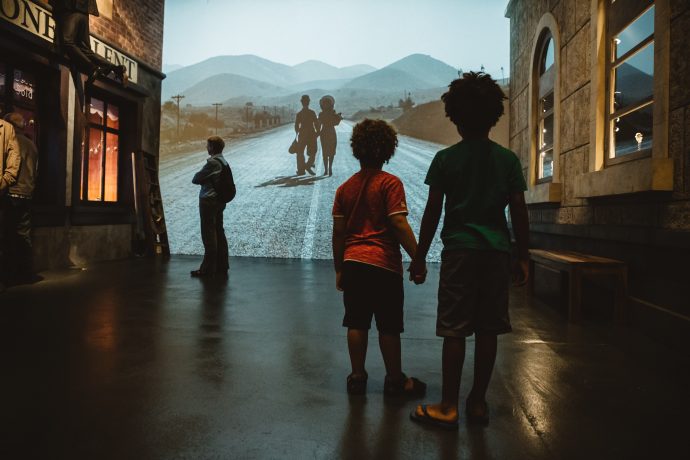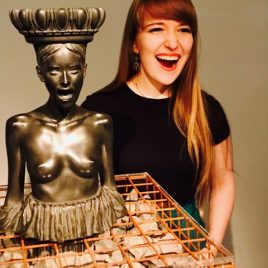Film artists say: know a man by if he appreciates Charlie Chaplin. Chaplin’s World in Swiss Corsier-sur-Vevey will make you appreciate the great man even more (and apparently will make you a better person!). Chaplin “The Tramp” is yours to discover through iconic film scenes in the Studio with recreated decors of his sets, where you can wander around, touch and feel everything, discover the moviemaking secrets, and make your own film. Chaplin, the man, will unveil himself through memorabilia, photographs and artefacts in Manoir de Ban, his last residence, where he welcomes you as if you were his guest. The interactive and immersive museum is fun for all ages, with a healthy blend of the famous and the intimate, so even if you think you know a lot about Charlie Chaplin, you will get to know so much more while having so much fun!

The Manoir de Ban estate, located between vineyards, Lake Geneva and the peaks of the Swiss Alps, was built in 1840 by Philippe Franel, one of the “starchitects” of his time. The stunning location and the elegant building was a magnet for anyone who visited it, and throughout history the manor had a long list of owners and roles (during the Second World War it was even opened to refugees). In December 1952, mere days after their arrival in Switzerland, Charlie Chaplin and his beloved wife Oona met the owner of Manoir – an American diplomat, who showed them the premises. The Chaplins fell in love with the house, the gardens, and the view. The sale was concluded in less than a month.
The property was renovated and expanded. One of the first and utmost important changes were made in the basement, because Chaplin needed a specially air-conditioned room to store his movies. Everything was about movies, creativity and art. Michael Chaplin, son of Charlie Chaplin & President of the Chaplin Museum Foundation, recalls frequent house parties, ball games, film screenings, recurring birthdays and anniversaries, Easter egg hunts, American-style Halloweens, theatre plays and puppet shows.
The Manoir was an open hospitable house, but first and foremost, it was a family home. Charlie Chaplin’s fourth and last spouse was Oona O’Neill, daughter of dramatic author and winner of the Nobel Prize in Literature, Eugene O’Neill. Oona and Charlie had eight children and lived happily together in the Manoir for 25 years.
“The "Tramp", this homeless person, this gypsy whose adventures always ended on the road, never lived here. But we can state that he has finally found an abode, where he will have a good home and settle in”.
Michael Chaplin, son of Charlie Chaplin & President of the Chaplin Museum Foundation

The idea of a Chaplin museum originated in 2000 when a Swiss architect and friend of the Chaplin family Philippe Meylan met Yves Durand – a museographer with a passion for cinema and, well.. Chaplin. The very first museum drafts were discreetly shared with the filmmaker's children, who (to our delight) supported the idea. While the museum was long in the making, the key concept stayed the same: Charlie and the Tramp (“Charlot” in French) were to become the ultimate hosts of the museum.
Charlie Chaplin’s life is the incarnation of the American dream: from a child of the streets of London to one of the best known, esteemed and wealthiest artists on earth. But it was not all fun and games: in Chaplin’s time the world went through two world wars, the Roaring Twenties, the Great Depression, the rise of authoritarianism in Europe, the Cold War and ensuing witch hunts. In the museum visitors vividly see intersections between Chaplin the man and the artist, understanding how events of the world inspired and affected Chaplin’s cinematographic work.


You can easily spend 3 hours in Chaplin’s World and it is perfect for, kids – the little ones are kept busy by the interactive expositions and wax figures, while you can dig deeper in Chaplin’s life and views. To make the visit more comfortable, you can book tickets in advance, and don’t worry about parking – there are 200 spots in front of the entrance, or - if you go half a kilometre down the road, there is a free overflow parking.
After the Manoir and the Studio you can take a good 30-minute walk in the garden. The four-hectare park offers a breath-taking view overlooking Lake Geneva and the Alps. Chaplin loved mountainous landscapes, the lake and the vineyards that surrounded his estate. His park welcomed deer, foxes and badgers, which Chaplin provided food for, so he could observe them.
“With such happiness, I sometimes sit out on our terrace at sunset and look over a vast green lawn to the lake in the distance, and beyond the lake to the reassuring mountains, and in this mood I think of nothing but enjoy their magnificent serenity.”
Charlie Chaplin "My Autobiography"

If you yourself are hungry, visit The Tramp restaurant at the very heart of the park. Drop by to enjoy some delicious and fairly-priced food, fulfilling breakfasts, snacks, lunch with Chaplinian accents (some dishes were Chaplin’s favorites, like the fish and chips and the burger).


Chaplin’s World is a museum that you will exit smiling and full of joy, even if you come in with a frown (it will be turned upside down). It doesn’t matter if Chaplin is something from your first movie experiences or if you are a professional film historian – the place is magical. Just like Charlie Chaplin’s films.
